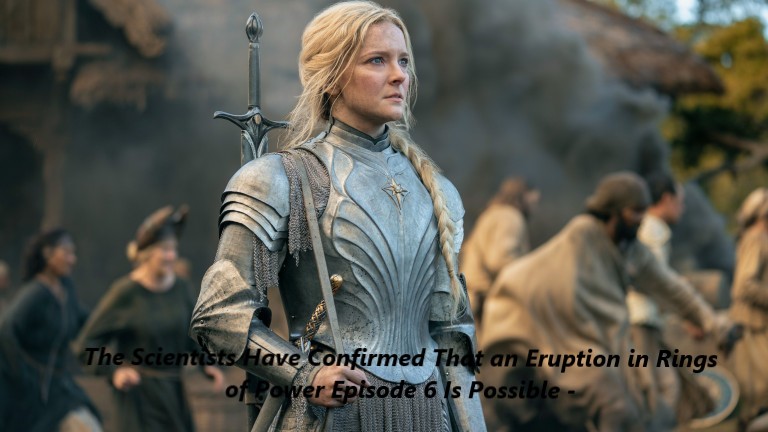An expert in volcanic activity has confirmed that the devastating explosion shown in Rings of Power season 6 is possible.
Geologists have confirmed that the devastation caused by the eruption of Mount Doom in Episode 6 of The Lord of the Rings: Rings of Power is based on actual volcanic eruptions. Amazon Prime’s Rings of Power is an action-packed fantasy series that takes place in Tolkien’s Middle-earth. The show is set in Middle-earth centuries before the incidents of Lord of the Rings as Well as the Hobbit, yet many of the same characters and locations are used. First-season episodes began airing earlier this month, and there are only two more to go until the season concludes.
Theo is intrigued by a sword bearing the symbol of Sauron before the events of Episode 6. Shockingly, the blade is taken and then used to open the floodgates in the Southlands. Water floods the Orc-made tunnels and makes its way to the magma in Mount Doom’s core. Galadriel and others were warned of an impending disaster by the sudden appearance of steam pockets in the ground. When the floodwaters meet the magma, an enormous eruption occurs, raining fire across the peaceful countryside. At the end of Episode 6, a smoky and fiery cloud is seen rushing towards Galadriel & consuming the peaceful farmlands.
A scientist has confirmed that the catastrophic explosion seen in Rings of Power Season 6 Episode 6 is plausible. Professor Jeffrey Carson of Syracuse University’s Department of Earth & Environmental Sciences discussed his expertise in volcanic activity with The Hollywood Reporter. Carson says that water is a major factor in volcanic activity, especially for volcanoes that are situated on the seafloor. Read the full text of his comment below:
As much as anything else, water plays a major role in the occurrence of violent volcanic eruptions. Magma contains water that has been dissolved by water. Magma comes to the top, where it mixes with water to form bubbles that can eventually turn into steam & rapidly expand, thereby exploding the magma into smaller pieces. Large volcanic eruptions are caused by the accumulation of material near a vent. A phreatic eruption occurs when water builds up pressure in a small space, such as a bottleneck. In Hawaii, when lava frequently flows into the ocean, the water can sometimes become caught underneath the lava, causing it to be blasted in unexpected directions.













